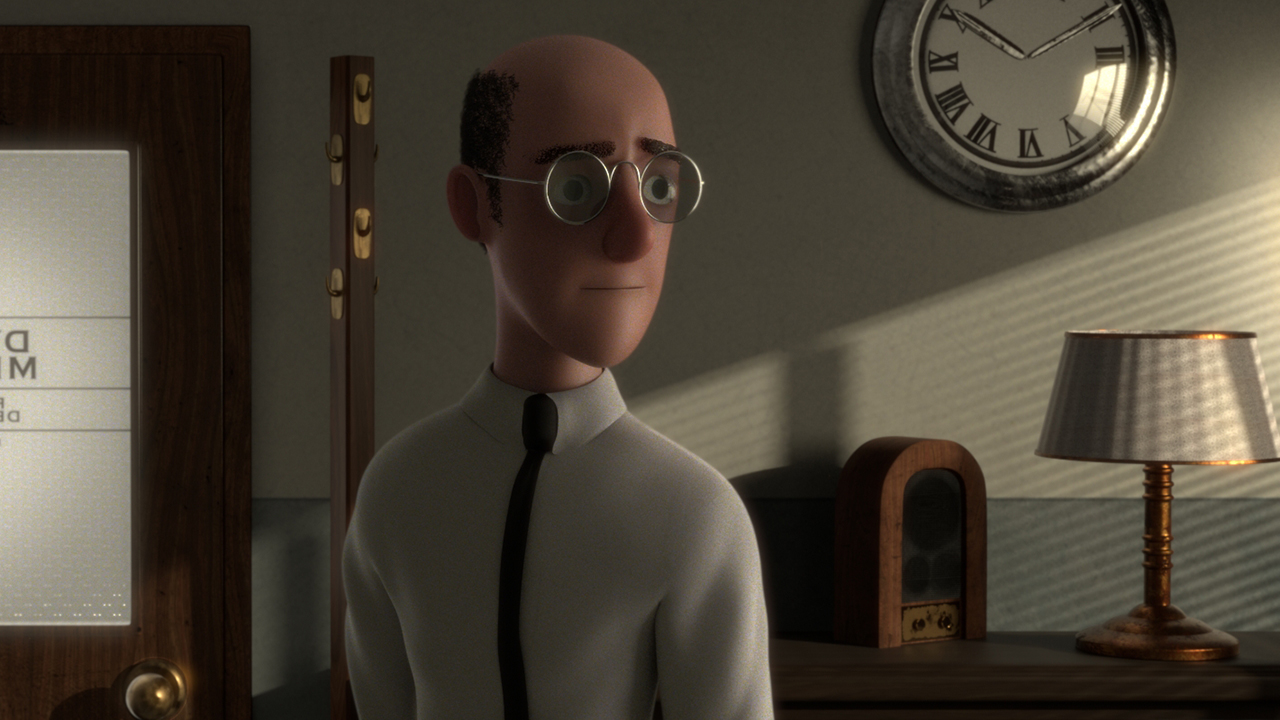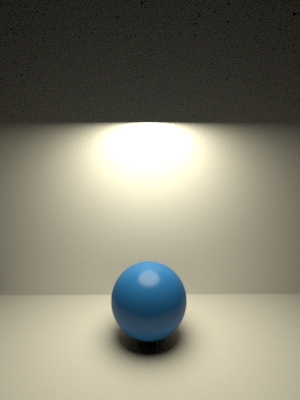
This is a traditional filmmaking technique called rim lighting and it avoids our character getting lost in the frame.especially in dark and creepy rooms like this shot. One of the most common lighting techniques is using very bright lights in the back of a character in order to separate them from the background with a silhouette. Lighting as a storytelling tool is especially useful to emphasize a character's emotions. It’s sometimes useful to normalize our lights to avoid intensity changes while scaling the lights during our blocking stage.

We’ve also added a bounce light in the opposing direction to shape our character’s face while avoiding harsh faloffs. The key light is coming from the bottom left, in order to create that Low-Key aesthetic we’re aiming for. Although we want to create tension with a cooler color palette, we want to make sure our hero doesn't look dead. We’re doing the same with our Key Light in order to bring out the warm tones in our character’s face.

The Chernabog Demon sequence uses complementary colors to highlight key moments in the storytelling, such as blue and orange tones. Use different types of lights for different effects Shot Lighting - Blocking If you’re looking for further realism, try using IES profiles which will create photometric light patterns common in light bulbs. Rect and Disk lights work well for this but their direction might be too obvious, so adding Sphere lights is useful when we want to cover a larger area or create softer shadows with a less obvious lighting direction. To achieve this, we are pointing lights from the floor towards the ceiling to bring a gradient of light intensity in the walls. Lighting direction is crucial for the mood of the shot, and by using Low-Key lighting we can start to produce a scarier mood. RenderMan’s Preset Browser is not only able to save materials, but lights too! Save entire light rigs and share them across RenderMan bridge products with the click of a button. but don’t be afraid to add or remove color for a more stylized look.after all, in live action sets, it's very common to color lights with thin plastic sheets called "gels." Using light temperature is also a great way to stay within a plausible aesthetic, as it’s based on physical Kelvin color temperatures, which are commonly used to measure the color of incandescent light bulbs.
Renderman environment light manual#
This is also a useful attribute to keep in mind when creating manual eye highlights for example. If light is overpowering, RenderMan offers the decoupling of diffuse and specular contributions under the “Refine” tab in all lights. This will give us interesting glints to bring out shiny surfaces.
Renderman environment light full#
We’ll use a PxrDomeLight with an industrial HDRI map which is full of small and bright lighting features, yet offers dim diffuse lighting. In order to achieve our look, we’ll mix a couple of different lighting techniques, including Low-Key and Motivated lighting, which will give the scene a bit of drama while heavily art directing the shot to create the look we need.Ī useful way to start master lighting is through an environment light.

The aesthetic we’re going for is film-noir with an analogous blue/green color palette, in fact, one of the color inspirations was the Chernabog Demon sequence from Disney’s Fantasia. Our main goal as lighting artists is to tell a story, in this case, a coming-of-age thriller. Phew! With that technicality out of the way, let's get on to lighting.

Repath Xgen alembic.for some reason they work.Maya doesn't support repathing the supplied Alembic files and might crash Maya, but there is a workaround:


 0 kommentar(er)
0 kommentar(er)
